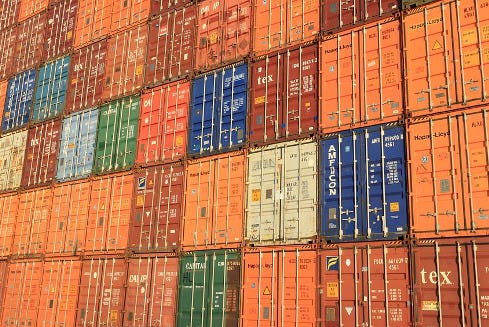9 Best Practices for Managing Infrastructure in a Containerized Environment
Containers may make life easier for developers, but they can complicate matters for the operations team. These best practices can help.
October 11, 2018

IT infrastructure professionals, particularly those who work on DevOps teams, are increasingly being asked to support containerized environments. But while tools like Docker and Kubernetes can make life easier for application developers, they place new demands on the people in charge of managing and monitoring hardware.
According to Gartner, "by 2020, more than 50 percent of global organizations will be running containerized applications in production." That's a significant increase from less than 20 percent of enterprises that had deployed containers in production in 2017.
Similarly, the Interop ITX and InformationWeek 2018 State of Cloud Computing Survey found that 42 percent of enterprises surveyed were running or considering running containers in the cloud. In addition, only 19 percent said they had no plans related to containers. By comparison, only 20 percent of respondents were either running containers in production or considering doing so in 2017.
Clearly, organizations are embracing containers. And that means changes for the operations professionals in charge of managing data center hardware.
For infrastructure professionals, some of whom have only recently completed the shift from supporting traditional workloads to supporting virtualized workloads; this transition is a major change. In an email interview, Eric Wright, director of technical marketing at workload automation vendor Turbonomic, explained that containers are fundamentally different than VMs. "Containers are operationally different in both the lifecycle — which is typically shorter and ephemeral in nature — and the procedures for managing them," he said. "The ephemeral container workload must be handled entirely as code from inception to termination, and that changes how we size, deploy, inspect, observe and control them."
The following slideshow details nine best practices from Wright and other experts that can help IT infrastructure pros better manage containerized workloads.
(Image: Pixabay)

